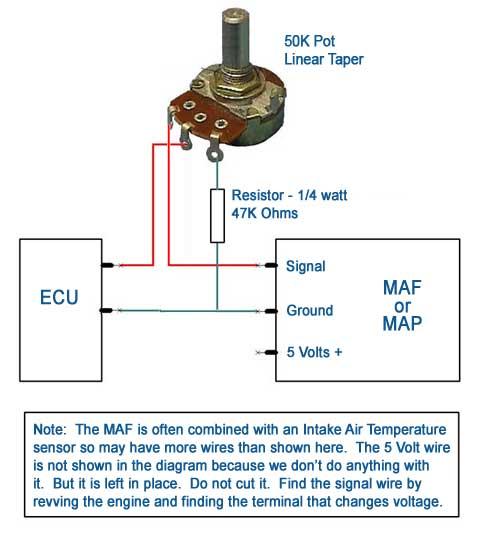
Originally Posted by
madtom

There is a different problem - the output volage can be modified, but there is a limit of the MAF, and if you are over this limit, the MAF is no more working correctly (not measuring) and the output of the sensor is not chaging with the input air mass. To do it correctly, you have to use a proper MAF, capable to measure the increased quantitie of air, and then modify the maps in TD5 ECU to accept the different range of the MAF. The 5V (or 4,5V practically) is limited by power supply for the sensors and by the input range of AD converter in the ECU (look into datasheet of the CPU used in ECU).
If you just scale the output voltage down, you will get false reading in lower range and limit in upper range. Without modifiing of the map in ECU, the work will not be correct.







 Reply With Quote
Reply With Quote

Bookmarks